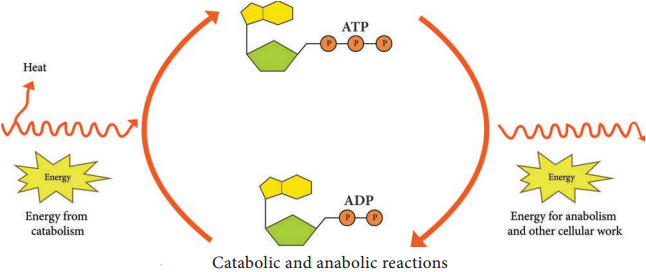Learninsta presents the core concepts of Microbiology with high-quality research papers and topical review articles.
Microbial Metabolism
The term Metabolism refers to the sum of all bio chemical reactions that occur within a living cell. Chemical reaction either release energy or require energy. Metabolism can be viewed as an energy balancing act. It can be divided into two classes of chemical reactions namely Catabolism and Anabolism.
Catabolism:
It is called catabolic or degradative reactions because complex organic compounds are broken down into simples ones. Catabolic reactions are generally hydrolytic reactions. It is enzyme regulated chemical reaction that release energy and they are exergonic. Example: Break down of sugar into Carbon dioxide and water in cells.
Anabolism:
It is called anabolic or biosynthetic reactions because complex organic molecules are formed from simples ones. Anabolic process often involves dehydration, are bio-synthetic reactions (Figure 4.1). It is enzyme regulated energy requiring reaction and they are endergonic. Examples: Formation of proteins from amino acids.

Catabolic reactions furnish the energy needed to drive anabolic reactions. This coupling of energy requiring and energy releasing reactions is made possible through the molecule Adenosine tri-phosphate (ATP).